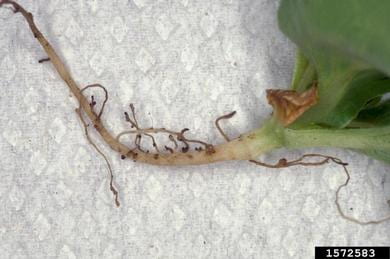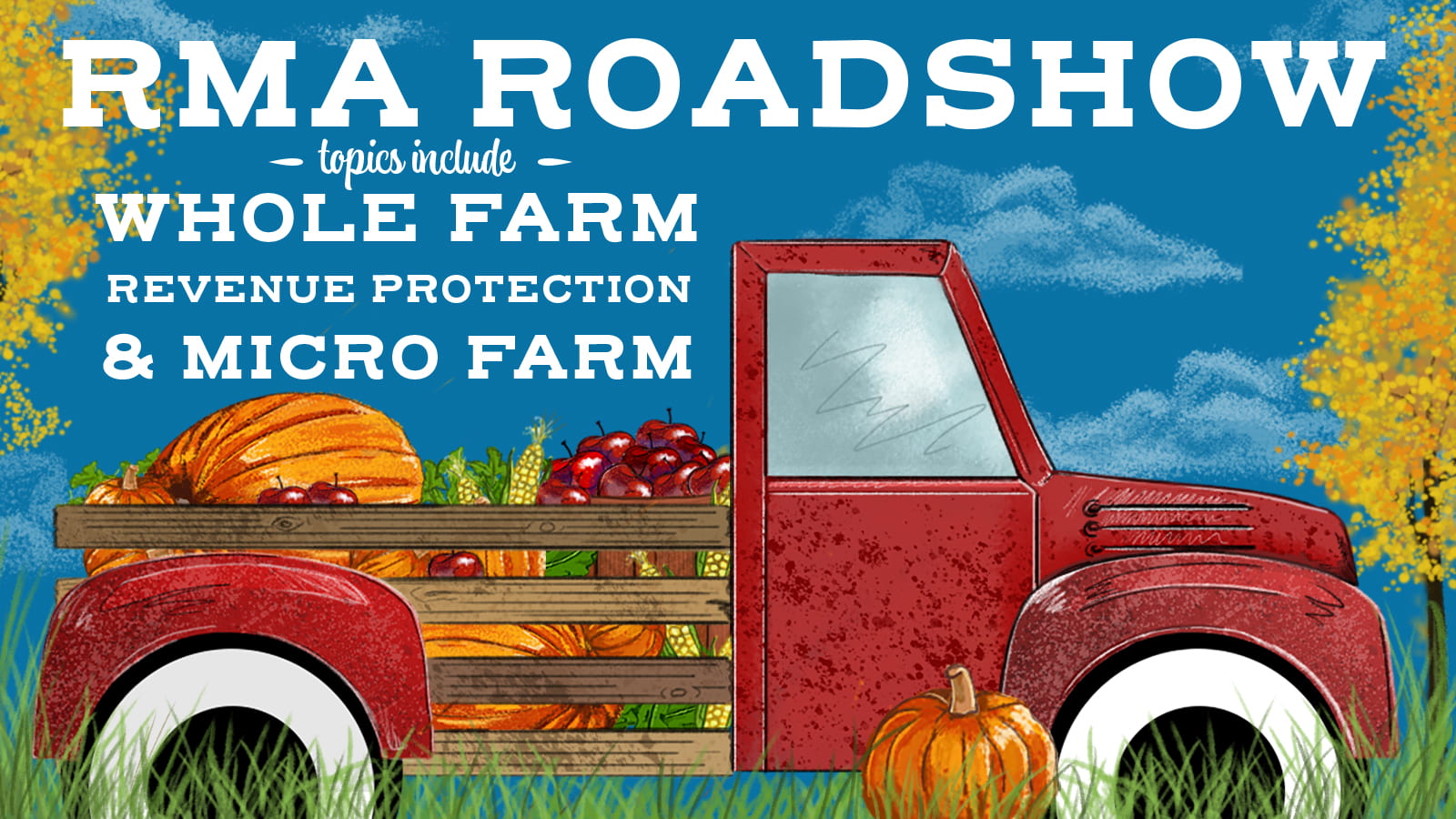Sensor Placement and Floating Row Cover Impact on Fruit Rotting Diseases in Strawberries
Scott D. Cosseboom and Mengjun Hu
Department of Plant Science and Landscape Architecture, University of Maryland College Park
Various sensors can be used to monitor environmental variables in fields, including ambient temperature, relative humidity, rain depth, wind speed, leaf wetness (LWD), soil temperature, and soil moisture. These can be critical variables for decision making for crop protection or yield prediction. These data (namely ambient temperature and LWD) can also be useful for disease prediction models such as those used for Botrytis (BFR) and anthracnose (AFR) fruit rots of strawberry (Hu et al. 2021). A traditionally placed weather station at the edge of a field (see ‘elevated’ station below) may also not fully capture the conditions in the field. Floating row covers are a common tool in Mid-Atlantic strawberry fields for manipulating the crop microclimate for facilitating crop development under cold conditions and for protecting from freeze events. Therefore, covered strawberry plants should have a vastly different microclimate than would be reported from traditionally placed weather stations or non-covered plants. We evaluated differences in sensor readings based on placements either in the canopy or in the traditional, elevated setting. We also evaluated the effect of row covers on the sensor readings. Lastly, we evaluated how these different placements would affect disease prediction models utilized in a fungicide spray program.

